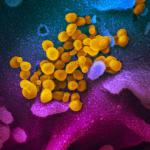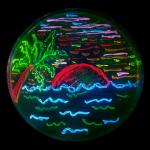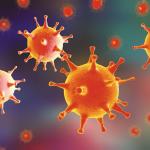For many years, the anti-GMO movement has advanced a compelling narrative about its struggle against the biotech industry—pejoratively referred to as 'Big Ag.' According to this story, organic food activists and environmental groups are independen
Biomedicine & Biotech
UV light is a powerful disinfectant because its high-energy photons are able to damage the genetic material inside of microbes. (The genetic material for most microbes is DNA.
As the Wuhan coronavirus (COVID-19) epidemic continues to spread -- and, at this point, it doesn't look to be stopping anytime soon -- pharmaceutical companies and governments are working together to make vaccines against it.
For lack of a more sophisticated term, the reason we grow old and die is because our biological tissues “wear out.”
#This excerpt was reprinted with permission.
The anti-GMO movement is bizarre in so many ways.
A serious infectious disease nearly wiped out a beloved species in the United States. Scientists have now discovered how to bring it back. Should they restore this once prevalent species to its former glory?
I just finished writing a commentary for Antimicrobial Agents and Chemotherapy entitled, The Economic Conundrum for Antibacterials.
Genetic engineering has delivered monumental scientific, technological, and humanitarian achievements – from producing human insulin in bacteria and gene therapy to treat genetic diseases to increasing food security and reducing malnutrition in de
What should we make of New York Times reporter Eric Lipton? Here is a man whose words are constrained neither by facts nor basic decency.












